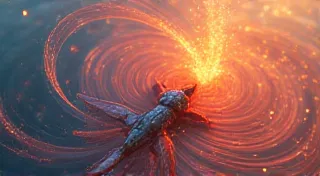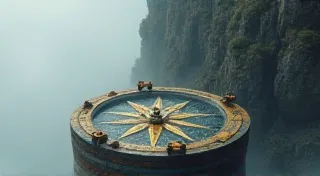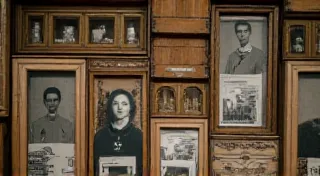The Ambered Kingdoms: How Limited Print Runs Created Collector's Obsessions
There’s a peculiar melancholy that settles over you when holding a truly forgotten board game. It's more than just acknowledging its absence from modern shelves; it’s recognizing the echoes of a lost community, a brief moment of joy and engagement swallowed by time. I remember the first time I encountered “Realm of the Dragons,” a 1982 game of tactical dragon combat – a copy, mind you, purchased from a dusty antique store for a mere five dollars. It wasn’t the game itself that captivated me initially. It was the box, worn and faded, the artwork a testament to a bygone era of hand-drawn illustrations and limited color palettes. Holding it felt like cradling a forgotten story.
This experience isn’s unique. It’s the genesis of a growing obsession – the pursuit of rare and obscure board games, those "ambered kingdoms" as I like to call them, frozen in time and now treasured by a dedicated, if relatively small, collector’s market. The phenomenon isn’t merely about acquiring objects; it’s about resurrecting memories, preserving a piece of gaming history, and connecting with a community forged by shared nostalgia and a deep appreciation for the craftsmanship of a different age.
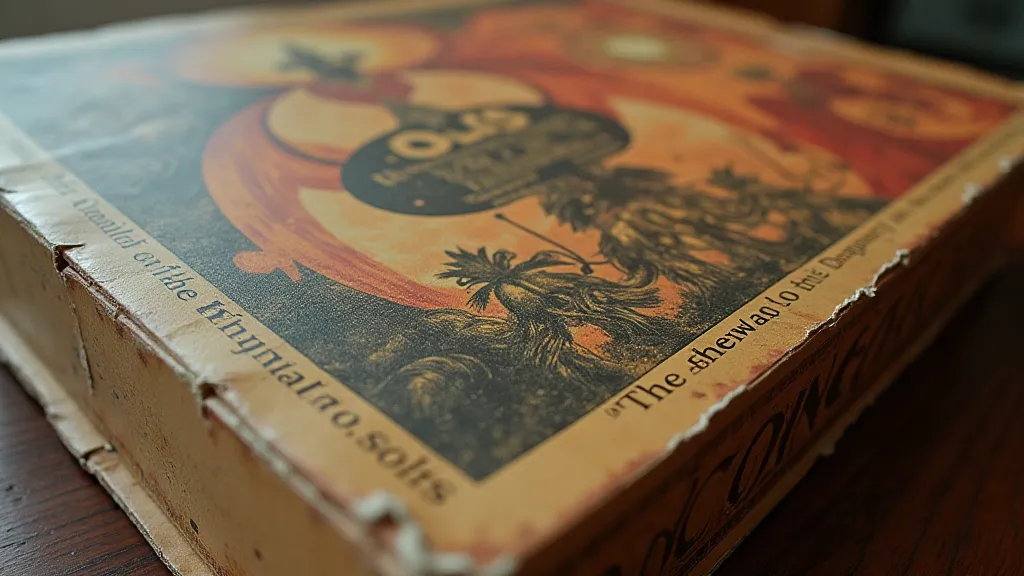
The Seeds of Scarcity: Print Runs and Economic Realities
The rarity of these games rarely stems from exceptional demand in their original release. Most were products of their time – experiments in game design, niche concepts, or simply casualties of the volatile toy and game market. Many titles were printed in small quantities – perhaps just a few thousand copies – due to uncertain sales projections, limited production capacity, or the financial constraints of smaller publishing houses. Companies like Avalon Hill, while dominant, weren’t immune to the realities of the market, and titles deemed less successful were often discontinued without a second printing. The stories behind these early design choices, and the individuals who conceived them, are often as intriguing as the games themselves. The role of uncredited designers and the challenges they faced are explored in detail in articles like "The Cartographer’s Shadow: Uncovering the Uncredited Game Designers", offering a deeper understanding of the industry’s evolution.
Consider “The Aldrin Legacy,” a 1985 sci-fi strategy game focusing on lunar colonization. It was a beautifully ambitious game, with intricate components and a complex rule set. However, the niche theme and challenging gameplay proved difficult to connect with a broader audience. Only about 3,000 copies were produced, and the game quickly faded into obscurity. Today, a complete and undamaged copy can fetch upwards of $1,000, a stark contrast to its original retail price of around $35.
The Craftsmanship Connection: More Than Just Cardboard
The appeal isn’t solely about the monetary value; it’s frequently about the inherent quality and craftsmanship. Modern board games, while often boasting impressive production values, often rely on mass-produced components and standardized designs. Older games frequently showcased a level of artistry and attention to detail that is rarely seen today. The box artwork, often hand-painted or meticulously illustrated, told a story beyond the gameplay itself. Game boards were frequently printed on thick, high-quality cardstock, often with unique textures and finishes. The wooden pieces, custom sculpted and often hand-painted, possessed a tactile quality that plastic tokens simply can’t replicate. The careful planning and dedication required to create such unique designs speaks volumes about the creativity of the time. It's fascinating to consider how the stories behind these artistic contributions intertwine to shape the overall design process, a perspective offered further in discussions surrounding how narrative threads unravel in forgotten games. It’s easy to understand why a collector would cherish these components, seeing them not just as game pieces but as miniature works of art.
Take, for example, “The Phantom Project,” a 1983 game of espionage and industrial sabotage. The game included miniature pewter figures, painstakingly sculpted and cast – a level of detail and investment that would be financially prohibitive for most modern publishers. It's easy to understand why a collector would cherish these components, seeing them not just as game pieces but as miniature works of art.
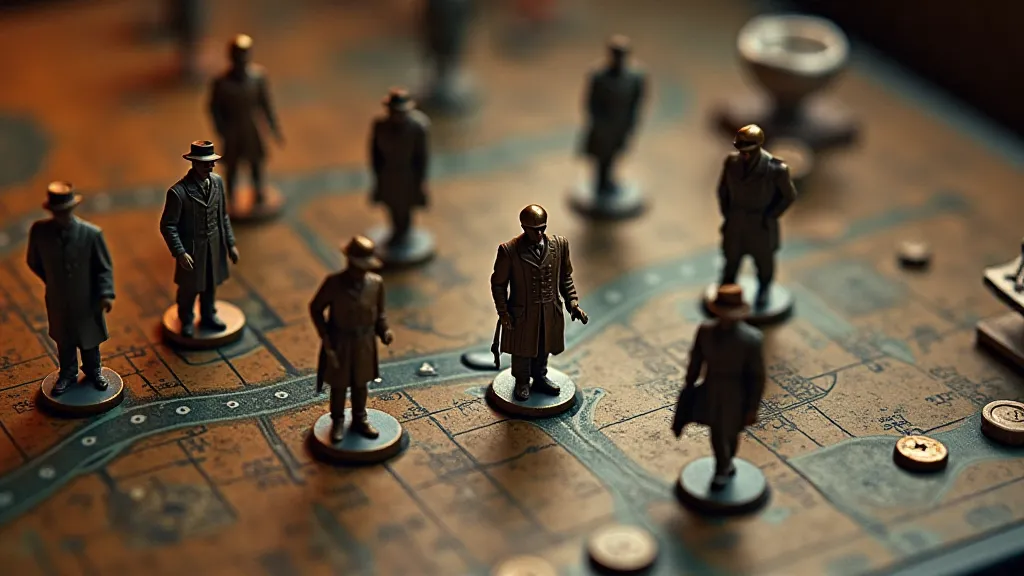
The Nostalgia Factor: Reconnecting with Childhood Memories
Nostalgia, of course, plays a significant role. Many collectors are adults who fondly remember playing these games during their childhoods. The acquisition of a rare copy isn’t just about owning a piece of gaming history; it’s about recapturing a fragment of personal memory. The scent of aged cardboard, the feel of the wooden pieces, the faded artwork – these sensory triggers transport them back to a simpler time, evoking feelings of joy, wonder, and camaraderie. The power of these shared experiences is what binds so many of these communities together, a testament to the enduring appeal of tabletop gaming. Many of these groups have stories to tell about the people who shaped their childhoods and the creative spaces where they gathered, highlighting the importance of preserving these intangible aspects of gaming history.
I’m often approached by individuals who, upon discovering a copy of a game they played as a child, are overcome with emotion. It’s a visceral connection to their past, a tangible link to a community of friends and family who shared in those experiences. This emotional investment often transcends the monetary value of the game, making it a cherished heirloom rather than a mere commodity.
Restoration and Preservation: Respecting the Past
Restoring and preserving these games presents unique challenges. Aggressive cleaning or repair attempts can easily damage the delicate materials and diminish the game’s historical value. The key is often to embrace the imperfections, to recognize that the wear and tear are part of the game's story. A few careful repairs, such as re-gluing a loose box or replacing missing pieces with historically accurate reproductions (sourced ethically, of course), can stabilize the game and protect it for future generations. Beyond the physical preservation of components, there's a vital need to document the stories and experiences associated with these games, ensuring their cultural significance isn’t lost to time.
The ethics of restoration are crucial. Should we strive to return these games to a pristine condition, or should we preserve their authentic, aged appearance? The answer often depends on the specific game and the collector’s personal philosophy. In any case, transparency is key. Any restoration work should be clearly documented, ensuring that future collectors are aware of the game’s history and any modifications that have been made. The creation of detailed inventories and descriptive catalogs, much like those kept by dedicated archivists, is essential for ensuring the long-term viability of these collections, as detailed in "The Archivist's Vault: Cataloging the Ephemera of Forgotten Gaming Experiences".

The Future of the Ambered Kingdoms
The market for rare and obscure board games is a small but passionate one. Online forums and specialized auction sites provide a platform for collectors to connect, trade, and share their passion. As these games become increasingly scarce, their value will likely continue to rise, attracting both serious collectors and those seeking a unique piece of nostalgia. The collaborative nature of these communities, with individuals sharing knowledge and resources, is a testament to the power of shared passion. This collective effort is vital for keeping the memory of these games alive, a dynamic often shaped by the communities who continue to play and appreciate them.
But beyond the financial aspect, the preservation of these “ambered kingdoms” represents something more profound: a celebration of creativity, craftsmanship, and the enduring power of play. These games are not just objects; they are windows into the past, connecting us to a community of designers, artists, and players who poured their hearts and souls into creating something truly special. And as long as there are those willing to cherish and protect them, their stories will continue to be told, their memories rekindled, and their legacy secured for generations to come. The echoes of those original players and designers resonate within these collections, a testament to the enduring power of human creativity. It’s easy to understand why a collector would cherish these components, seeing them not just as game pieces but as miniature works of art.

